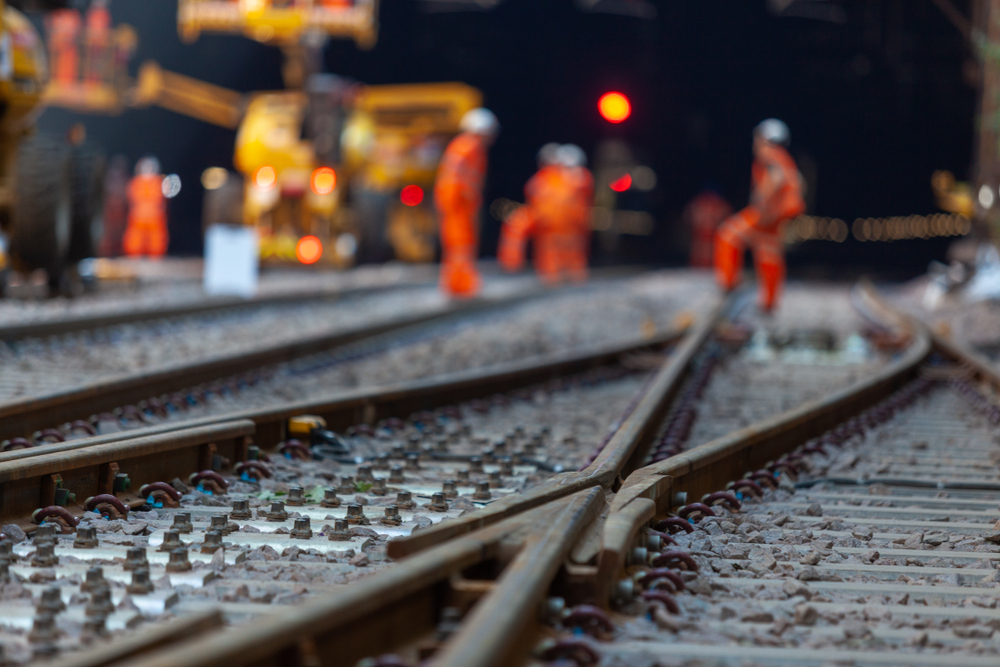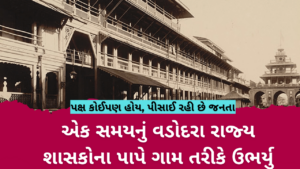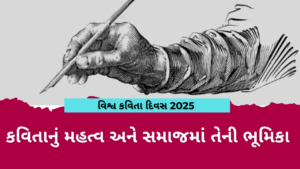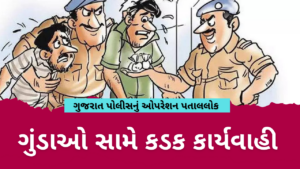~ Article by Karan Modi
Train derailments pose significant risks to both human life and infrastructure, making it crucial to focus on preventive measures. The consequences of derailments can range from injuries and fatalities to disruptions in transportation networks and economic losses.
By implementing a comprehensive approach that combines regular inspections, advanced safety systems, proper maintenance, training, and a strong safety culture, we can enhance rail safety and mitigate the risks associated with train derailments.
Here are some ways that we can implement to lessen and eventually prevent train derailments:
Regular Inspections and Maintenance
Regular inspections and maintenance are fundamental to preventing train derailments. Tracks, switches, and other infrastructure components need to undergo routine inspections to identify and address defects or weaknesses promptly.
Visual inspections should be supplemented with advanced technologies such as drones, sensors, and ground-penetrating radar to facilitate more efficient and accurate assessments of the track conditions.
These technologies can detect issues such as track misalignment, worn-out components, and structural weaknesses that may lead to derailments.
It is important to establish a proactive maintenance schedule based on the findings of these inspections to ensure timely repairs and replacement of any compromised infrastructure.
Training and Education
Comprehensive training for train operators, engineers, and maintenance personnel is vital in preventing derailments. Training programs should cover a wide range of topics, including operating procedures, emergency response protocols, risk assessment, and equipment handling.
Ongoing education is crucial to keep professionals updated with the latest safety protocols, technological advancements, and industry standards. Simulated training scenarios can help operators develop their decision-making skills and prepare them for unexpected situations.
Effective communication and coordination among different teams involved in train operations, including dispatchers, maintenance crews, and signal operators, are key to ensuring safe and efficient rail transportation.
Implementing Advanced Safety Systems
The implementation of advanced safety systems plays a pivotal role in preventing train derailments. Positive Train Control (PTC) and Automatic Train Protection (ATP) are two such systems that monitor and control train speeds, prevent collisions, and enhance overall safety.
PTC combines GPS, wireless communication, and onboard computer systems to monitor train locations, speeds, and movements. It can automatically enforce speed restrictions and apply brakes if necessary.
ATP systems continuously monitor train movements and track conditions, providing real-time information to operators and automatically activating emergency braking if a derailment risk is detected.
The integration of these systems with advanced sensor technologies and data analytics enables early detection of potential derailment risks, allowing for immediate corrective actions.
Track Maintenance and Upgrades
Regular track maintenance and upgrades are essential to prevent derailments. Tracks must undergo frequent inspections and repairs to maintain their integrity. Rail grinding, which smoothens the rail surface, should be performed regularly to reduce wear and tear.
Upgrading tracks to accommodate heavier loads and faster trains is necessary to ensure stability and safety. This includes replacing outdated rails, sleepers, and ballast with more robust materials.
The use of modern construction techniques, such as continuous welded rails and concrete sleepers, can improve track durability and minimise the risk of derailments.
Additionally, implementing track geometry monitoring systems can detect any irregularities or misalignments in real-time, allowing for immediate corrective measures.
Weather Monitoring and Preparedness
Monitoring weather conditions that can affect track stability is crucial in preventing derailments. Factors such as heavy rain, snow, or extreme temperatures can pose risks to train operations.
Rail operators should establish weather monitoring systems that provide real-time data on precipitation, temperature, and wind conditions. Predictive analytics and weather forecasting enable operators to anticipate potential risks and take preventive measures in advance.
These measures may include adjusting train speeds, inspecting critical areas more frequently during extreme weather events, and implementing temporary speed restrictions or track closures when necessary.
Furthermore, implementing effective drainage systems and slope stabilisation measures can help mitigate the impact of heavy rainfall and prevent soil erosion along the tracks.
Safety Culture and Reporting
Fostering a strong safety culture within the railway industry is of paramount importance. Safety should be ingrained in every aspect of operations, from management to front-line workers.
Encouraging reporting of near misses, safety concerns, and potential hazards creates a proactive environment that prioritises safety. It is crucial to establish a confidential reporting system that allows employees to report safety issues without fear of reprisal.
Incident investigations play a critical role in understanding the causes of derailments and implementing measures to prevent future occurrences.
Root cause analysis should be conducted to identify the underlying factors contributing to incidents, and the findings should be used to improve safety protocols, training programs, and infrastructure maintenance practices.
Learning from past incidents ensures continuous improvement in safety standards and promotes a culture of accountability and transparency.
Conclusion
Preventing train derailments requires a proactive and multifaceted approach. Continuous investment in infrastructure upgrades, technological advancements, and industry-wide collaboration is essential to ensuring safe and reliable rail transportation.
Through these efforts, we can create a secure environment for passengers, workers, and communities, ensuring that rail networks remain a safe and efficient mode of transportation for years to come.









